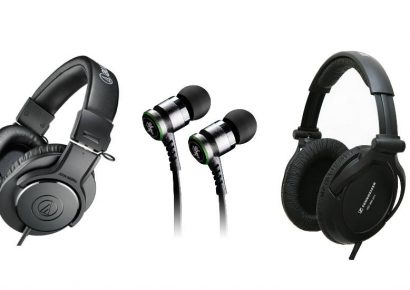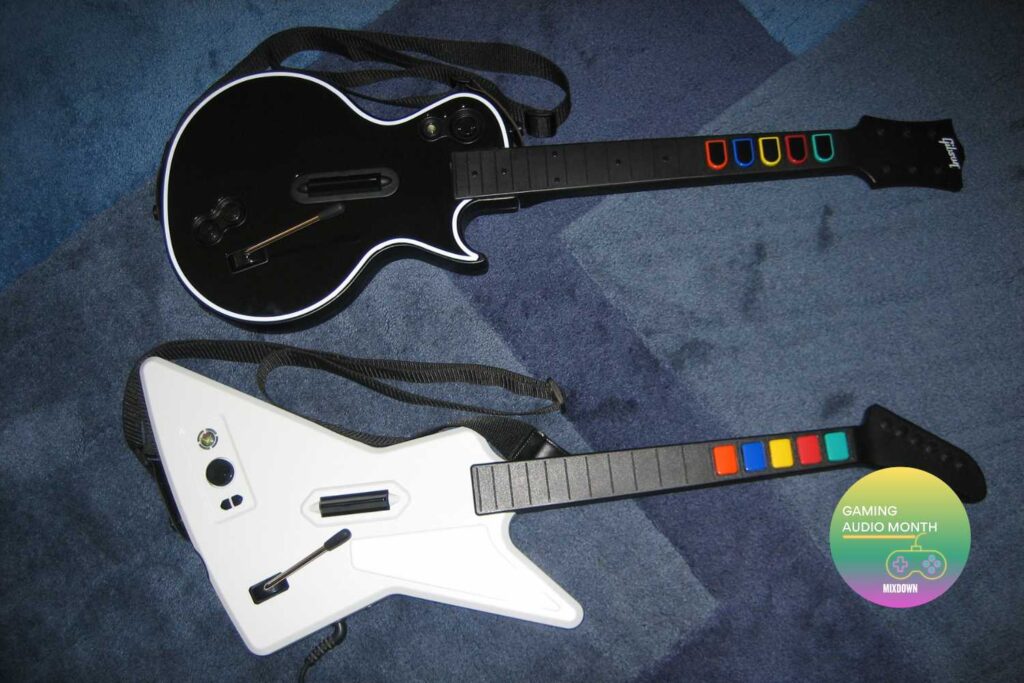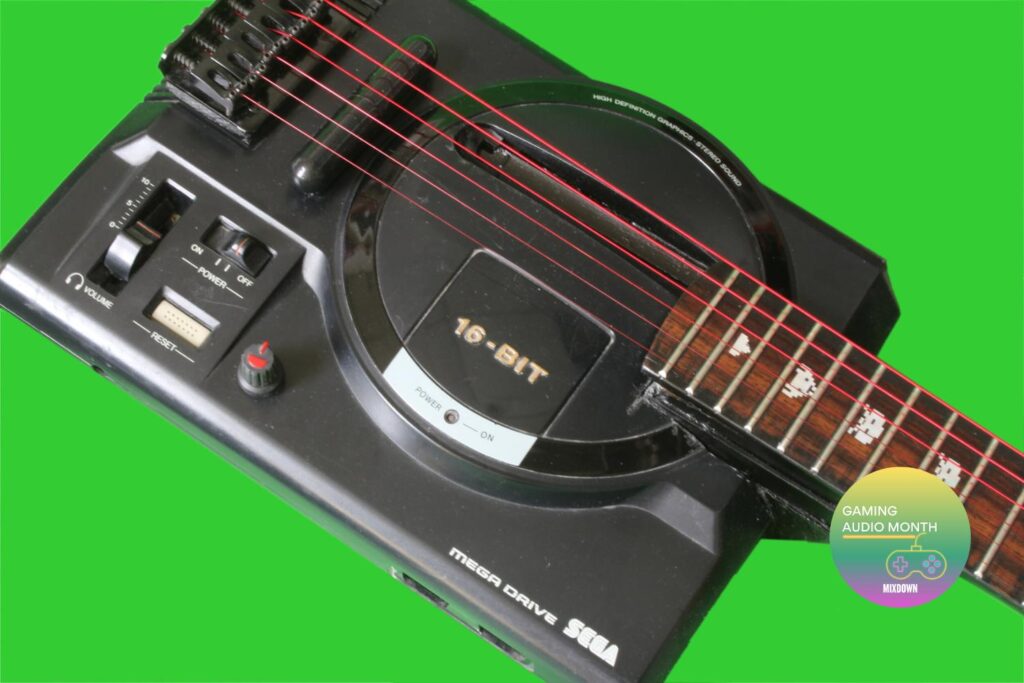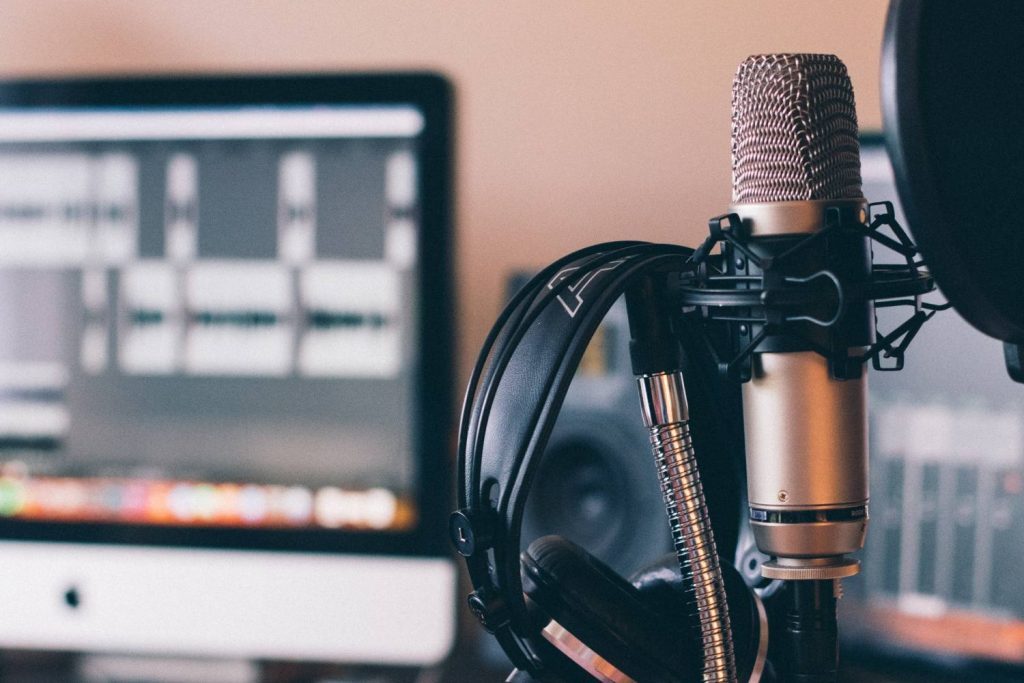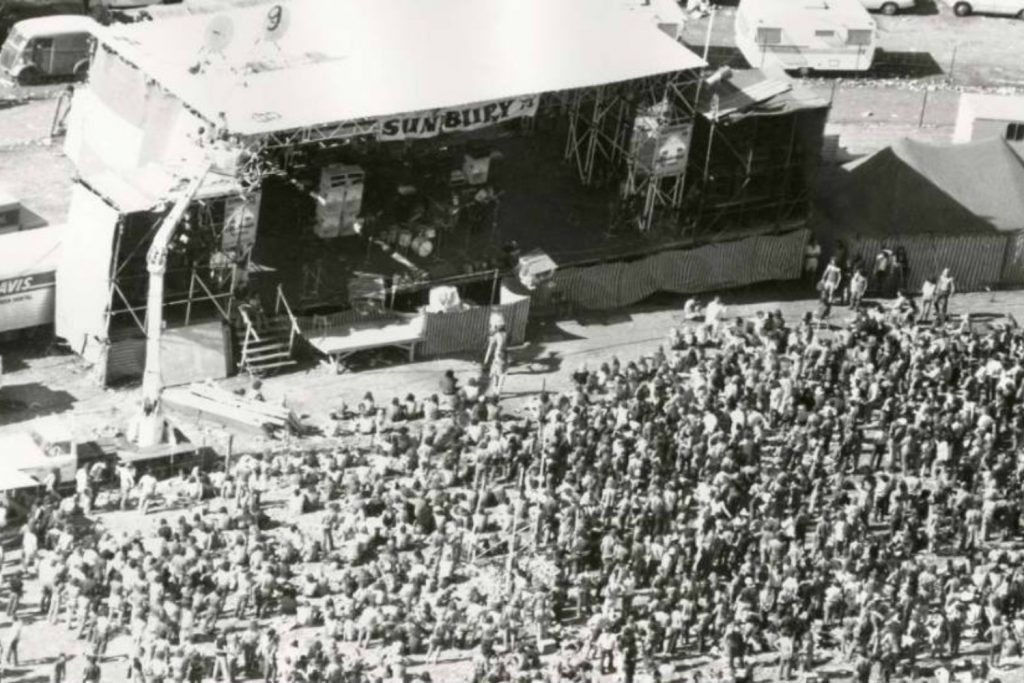Powered (active)/Unpowered (passive)
Powered means each speaker box contains its own amplifier (or two if it’s bi-amplified), whereas unpowered means you need an external amplifier to power your speakers. Most monitors in the bedroom-producer market are powered these days, but unpowered models are still around, particularly on the vintage market.
Frequency Response
This is the range of frequencies the monitor is capable of reproducing. As a rough guide, humans are capable of hearing from 20Hz (20 soundwave cycles a second) up to 20,000Hz (20Khz). You want to find speakers that can cover as much of that as possible within your budget. It’s easy to get swept up in a search for the monitor with the lowest bass, but remember, anything below 40Hz is really more felt than heard. If you really want that bass, investing in an additional subwoofer might be a better way to go.
SPL/dB
SPL stands for sound pressure level and is measured in decibels. Basically, this is volume and the max peak SPL on a monitor’s spec sheet will give a dB measurement of how loud that puppy can get. Yes, I know; it’s more complicated than that. SPL is a weird logarithmic system that doubles in pressure every 6dB, but we’re here to make music not study physics, so here’s some approximate reference points for you to get a gauge on dB and what it means in terms of loudness. Talking = 60dB, vacuum cleaner = 70dB, bus = 80dB, car horn = 100dB, that’s-so-loud-it-hurts = 140dB, exposure will cause hearing loss = 150dB.
Two-Way/Three-Way/Coaxial
These terms relate to the amount of speakers in the speaker-box and how they’re arranged. Two-way is the most common and features a large woofer for bass and mids, and a small tweeter for the high frequencies. Three-way monitors have an additional speaker specific to mid-range frequencies, leaving the woofer to stretch its legs on the bass frequencies. Although it’s ideal to have more speakers in your monitors designed with a specific frequency range in mind, it requires some very fine tuning on the manufacturer’s end to make the frequency splits (called crossovers) behave in a seamless and satisfactory manner. If you’re finding two- and three-way models in your budget, a higher end two-way model might well perform better than a budget three-way.
Coaxial refers to common axis – the mounting of the tweeter speaker inside the woofer. This is something car-audio manufacturers have been doing for years as a space saving measure, but we’re seeing some more coaxial studio monitors pop up in recent years. The advantage is having a single source point of audio, reducing the soundwaves interfering with each other as they might when a tweeter and woofer are separated by a few inches. Apparently this also results in a larger “sweet spot” for listening in your studio too.
Front/Back Bass Port
Woofers push around a lot of air, and a vent in the speaker box increases their efficiency and frequency response. Some speakers have this on the back, some on the front. Something to keep in mind when buying monitors is where you intend on having them, as this will change your ideal port configuration. If they’re going to be snug up against a wall in an acoustically untreated room, then you’re probably going to want front facing ports as rear facing ones will bounce frequencies off all your walls. For rear ported monitors, you’ll want at least a couple of feet distance between them and the wall.
Image via Caspar Rubin.

